Now boarding
Historic Prairie Dog Central is back on track, going back in time
Advertisement
Read this article for free:
or
Already have an account? Log in here »
To continue reading, please subscribe:
Monthly Digital Subscription
$1 per week for 24 weeks*
- Enjoy unlimited reading on winnipegfreepress.com
- Read the E-Edition, our digital replica newspaper
- Access News Break, our award-winning app
- Play interactive puzzles
*Billed as $4.00 plus GST every four weeks. After 24 weeks, price increases to the regular rate of $19.00 plus GST every four weeks. Offer available to new and qualified returning subscribers only. Cancel any time.
Monthly Digital Subscription
$4.75/week*
- Enjoy unlimited reading on winnipegfreepress.com
- Read the E-Edition, our digital replica newspaper
- Access News Break, our award-winning app
- Play interactive puzzles
*Billed as $19 plus GST every four weeks. Cancel any time.
To continue reading, please subscribe:
Add Free Press access to your Brandon Sun subscription for only an additional
$1 for the first 4 weeks*
*Your next subscription payment will increase by $1.00 and you will be charged $16.99 plus GST for four weeks. After four weeks, your payment will increase to $23.99 plus GST every four weeks.
Read unlimited articles for free today:
or
Already have an account? Log in here »
Hey there, time traveller!
This article was published 05/06/2022 (1223 days ago), so information in it may no longer be current.
Often a supporting character in movie shoots, a vintage locomotive once starred in a real life adventure featuring the escapades of a Canadian politician.
Former prime minister Pierre Elliott Trudeau began his July 1, 1970, trip from Winnipeg on the Prairie Dog Central safely seated in a passenger coach beside Lily Schreyer, wife of former premier Ed Schreyer. When the train arrived at Lower Fort Garry 67 minutes later without making any stops for passengers to disembark, Trudeau was standing in the gangway of the steam engine.
“When the train was in motion, he came from (Coach) 103 and climbed across at great danger” to himself, explains Paul Newsome, general manager of Vintage Locomotive Society, which runs Prairie Dog Central.
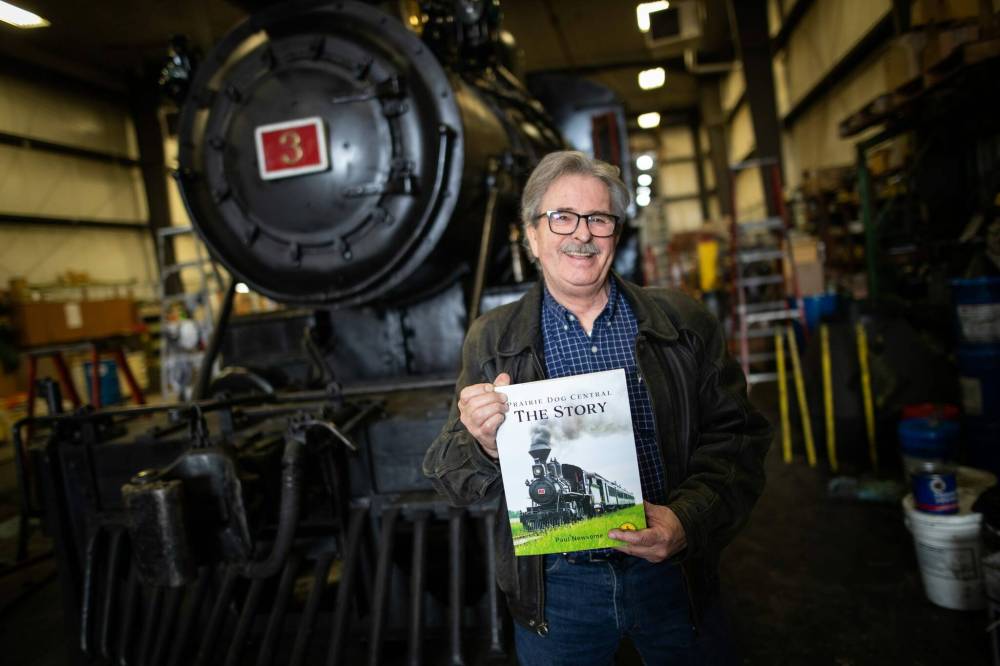
“He came across the coal pile and climbed down.”
That political drama during the first public trip of the railway is one of several featured in Newsome’s recently published book titled Prairie Dog Central: The Story.
Throughout the 200 pages, illustrated with 800 photos, Newsome documents the efforts over the decades to keep the steam locomotive, knowns as No. 3, operational for summer excursions and charters. Newsome launches his book on the Prairie Dog Central’s Canada Day run to Grosse Isle on Friday, July 1.
Manufactured in Glasgow, Scotland in 1882, the American Standard 4-4-0 steam locomotive was purchased for $12,000 by Canadian Pacific Railway to assist in developing rail lines in western Canada. Initially a workhorse for CP out of Winnipeg and later Vancouver, the locomotive then known as No. 86 was bought by Winnipeg Hydro in 1918 for $9,000 who renamed it No. 3, repairing and rebuilding it several times before retiring it in 1961.
“I knew a lot about the engine 60 years ago when I was a paper boy and read about it in the paper,” says Newsome, who got involved with the Vintage Locomotive Society on its second day of operation on July 12, 1970.
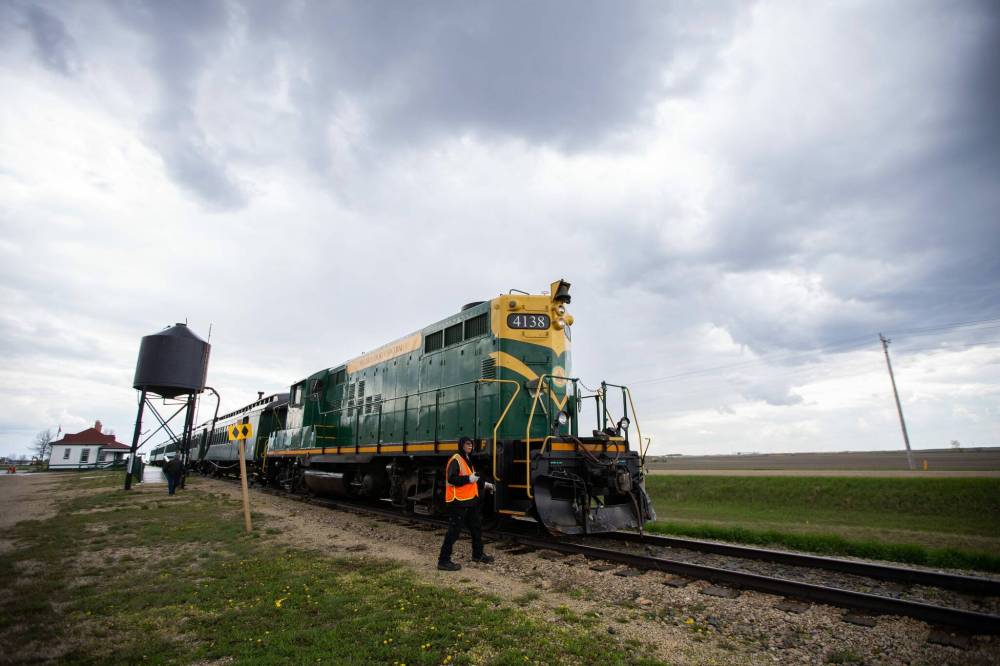
No. 3’s status as the oldest operational steam engine in Canada prompted several Winnipeg leaders to lobby for its return to the city as a tourist attraction, initially for the 1967 Pan Am Games. Those plans stalled, but the Vintage Locomotive Society was set to operate from St. James Station in 1968 until licensing issues with regulatory bodies put the brakes on that season and location. The original route was news to Newsome, who spent much of the pandemic sifting through minutes, correspondence and newspaper clippings to piece together the history of Prairie Dog Central.
“I did not know the initial thought was to run the train from St. James to Grosse Isle,” he says of early plans, which later implemented from 1975 to 1996.
“What I tried to present to the readers was nuggets of information of the train itself and how it got thrown back and forth.”
Just 11 days after the famous excursion with the prime minister, the society opened its first season, offering rides for the return trip between Charleswood and Cabot sidings on the Canadian National Line west of Winnipeg at the price of $2 for adults and $1 for children.
Fast forward to closure during the 1997 and 1998 seasons, a period Newsome dubs the quandary, when the society had to find a new home because CN would no longer allow steam trains on its mainline track. After several years of negotiations and fundraising, the society leased a rural property in the RM of Rosser, constructed a large train shed and moved the heritage St. James station to the new location in 2000, renaming it Inkster Junction.
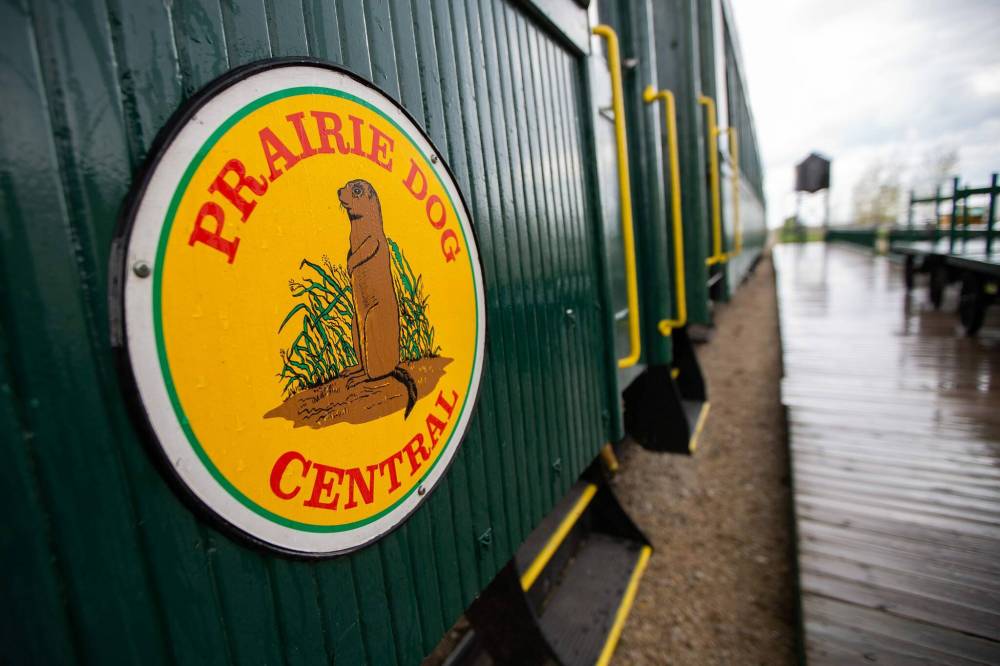
“Basically, what was behind that was the perseverance of the people behind it,” says Newsome, crediting the volunteer efforts to relocate and raise money.
Shortly after the move, trouble struck again when No. 3 needed major work, prompting the society to run excursions with a vintage diesel engine for seven seasons while the much loved steam locomotive had its boiler rebuilt in Saskatoon and then assembled back at Inkster Junction. It was finished in time to pull their vintage coaches by 2009.
“We could not see ourselves running without a steam attraction,” Newsome says of the $350,000 bill to replace the boiler installed in 1909.
Over its long life, many parts have been replaced or repaired, with about five percent of the locomotive’s components dating back to its construction in 1882.
“There’s not a whole lot in terms of parts that are original,” he says.
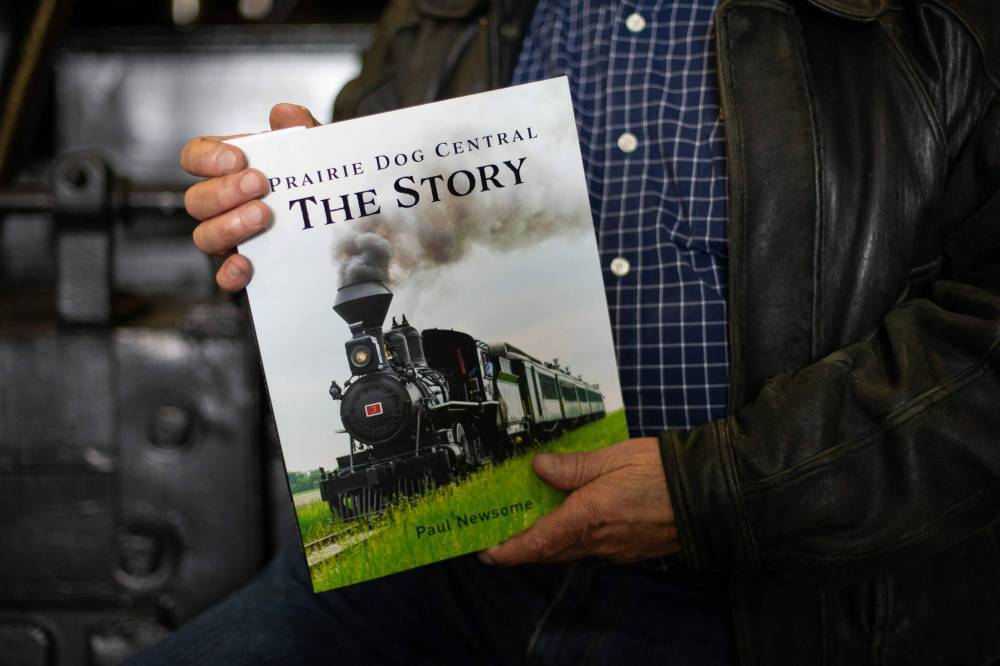
Original or not, passengers love to see the whoosh of black smoke from the diamond stack or hear the vintage bell as Engine 3 pulls out of the station, says engineer Stephen Shaw, one of six volunteers qualified to run the train.
“The sounds and the smells are so fantastic,” says Shaw, whose father helped to rebuild the boiler.
“When you pull the throttle out, you can hear the steam chuffing through the cylinder.”
Passengers of all ages are invited into the cab during the stopover in Grosse Isle, risking a little coal dust and oil on their hands or clothes as they climb portable staircases to experience the thrill of sitting at the controls.
But no one today could pull off another stunt like that of the elder Trudeau, says Newsome, since only certified engineers and firemen are allowed in the locomotive’s cab while the train is running.
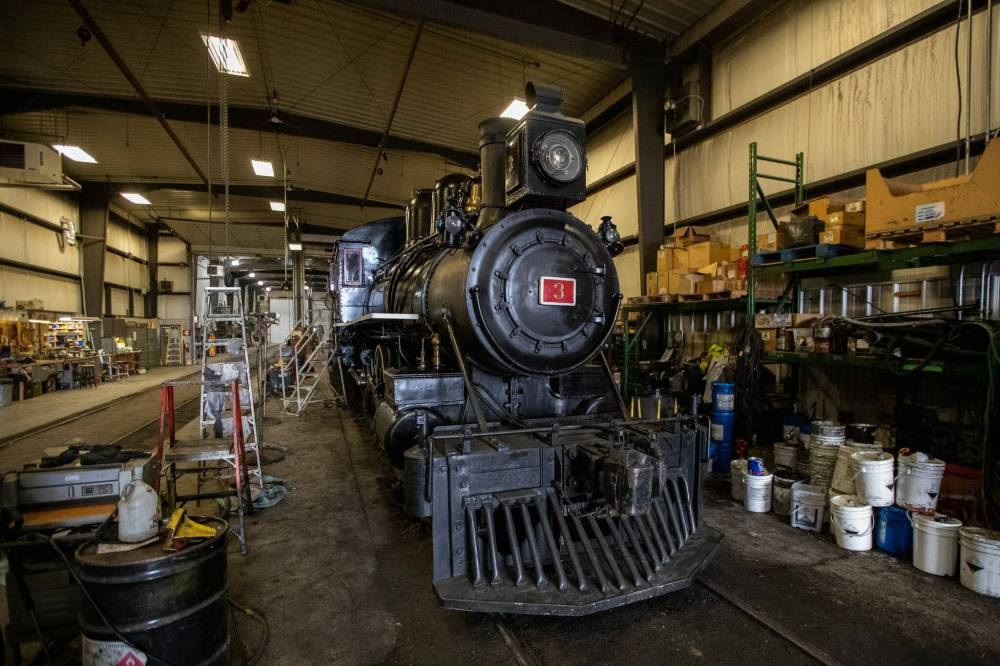
“We don’t let them ride. It’s a safety consideration,” says the retired engineer who gave up his license after many decades in the driver’s seat.
“I don’t have any right even as general manager to ride in the cab.”
Trudeau’s story has another footnote: engineer Ralph Grant was at the controls when the former prime minister burst into the cab, followed by his security detail. Grant handled the unexpected visitors calmly, and was remembered by Trudeau for accommodating the surprise, says Newsome.
“Ralph Grant got a Christmas card from Trudeau’s office for years and years after that trip,” he recalls.
After two years off track due to the global coronavirus pandemic, Prairie Dog Central rides the rails again in 2022, with regular weekend runs in July and August and special excursions in June, September and October, all departing from Inkster Junction Station.
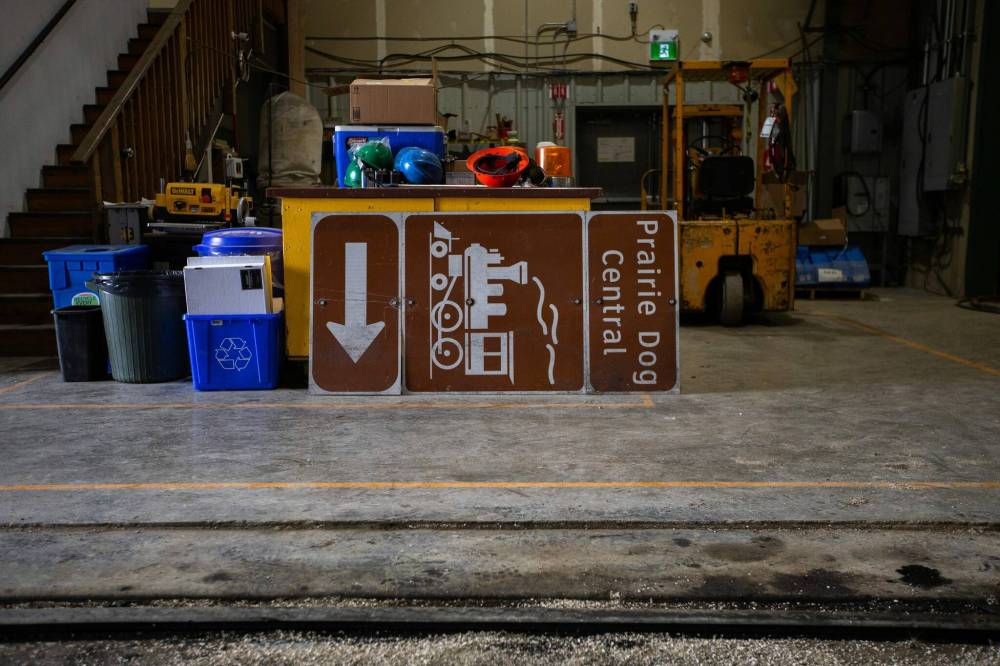
“2019 was the best year the Prairie Dog ever had,” says marketing manager Catherine Duffin. Some 12,000 people rode the rails three years ago.
“We’re on track for that this year.”
Last summer, a few Winnipeggers may have caught glimpses of the Prairie Dog Central at the Via Rail station during the filming of The Porter, one of about a dozen television and movie appearances for the vintage train over the years.
Tasked with keeping what amounts to an interactive, mobile museum functional, Newsome says his team of volunteers and staff work hard to provide an enjoyable experience to their passengers.
“It’s a history education and entertainment,” he says of a trip on the vintage train.
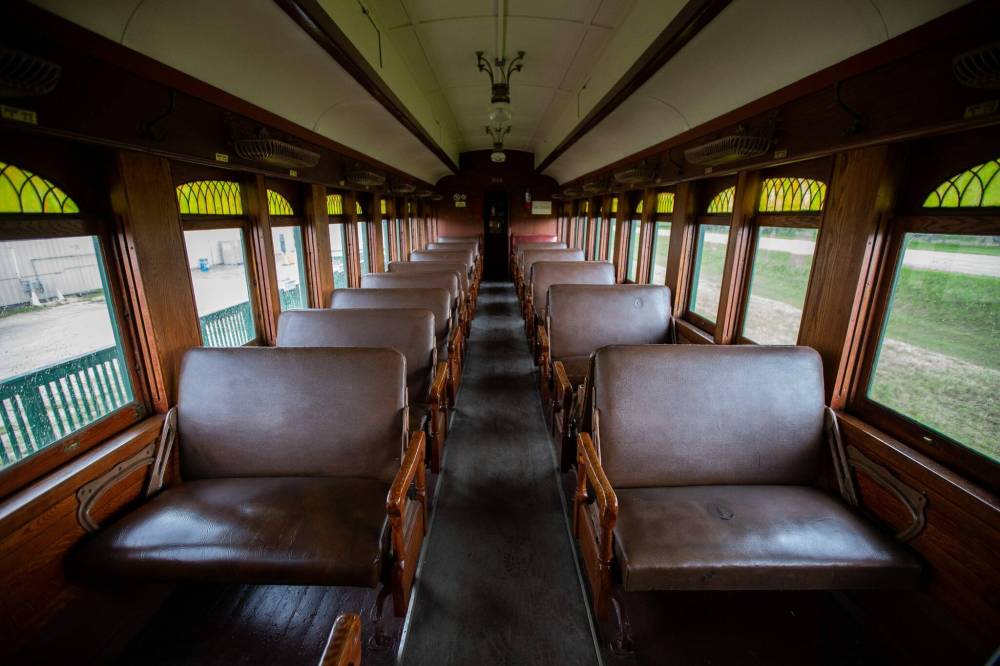
But keen business sense, along with the dedication of volunteers, has kept the trains running on schedule and budget. After the move from rented CN track to forming a short line railway company in 1999, the society researched options to stay in the black, since tickets prices don’t cover the expense of fuel, insurance, staff and track maintenance, says Newsome.
“If we charged what it costs, we wouldn’t have any passengers,” he says.
Instead, the non-profit society developed Prairie Rail Solutions in 2009, a for-profit car storage and rail related business that supports the running of the vintage train.
“We didn’t go under because we took the long view by developing something to offset the cost of tickets.”
With five decades of rebuilding, rerouting, and reimagining the Prairie Dog Central, Newsome’s book demonstrates the real fuel for this vintage train remains the elbow grease of dozens of volunteers who contributed their time and expertise over the decades.
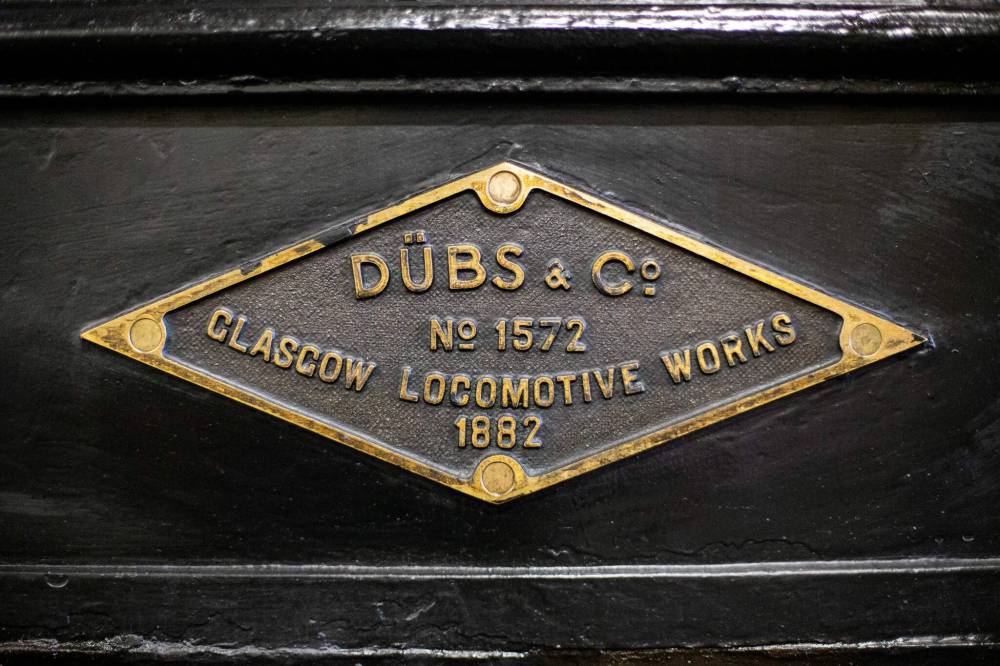
“I wrote the book but I tried to keep myself away from the thing to avoid the idea it was an egotistical thing,” he says.
“I had a lot to do with it, but it was a team effort.”
brenda.suderman@freepress.mb.ca
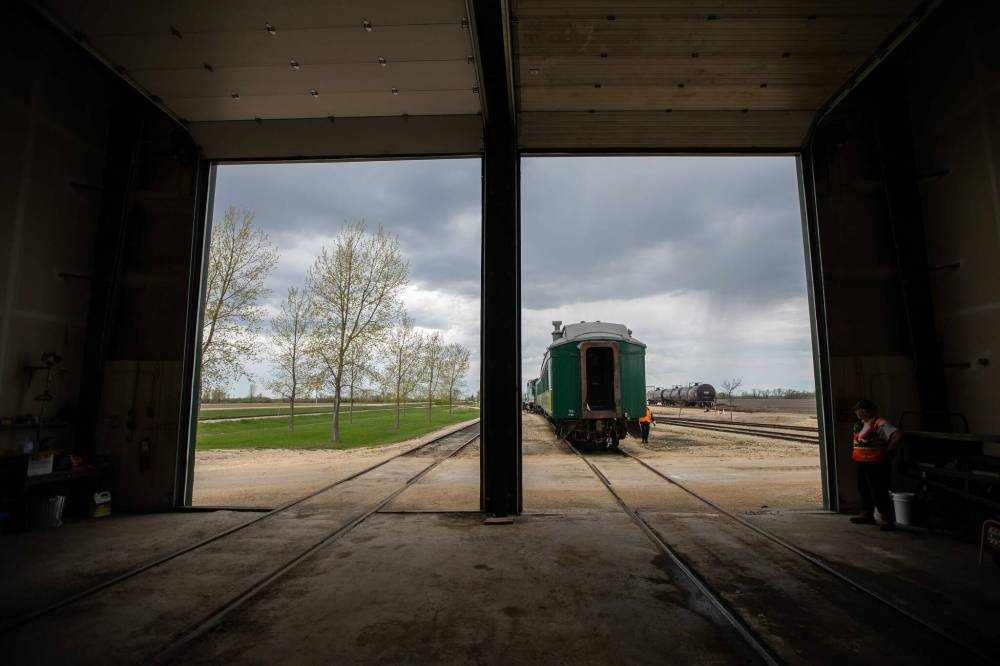
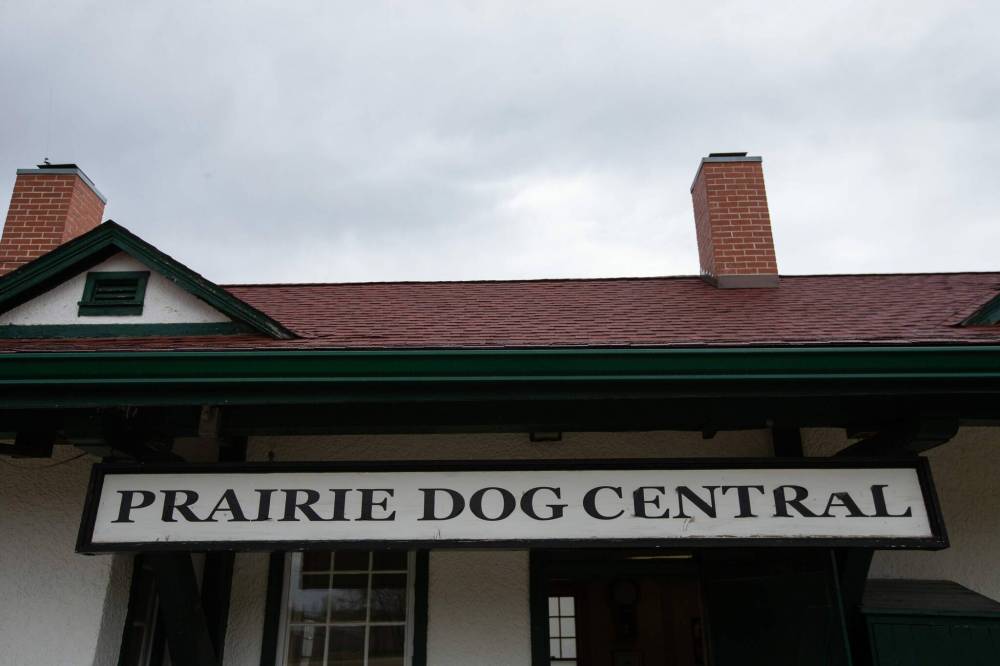
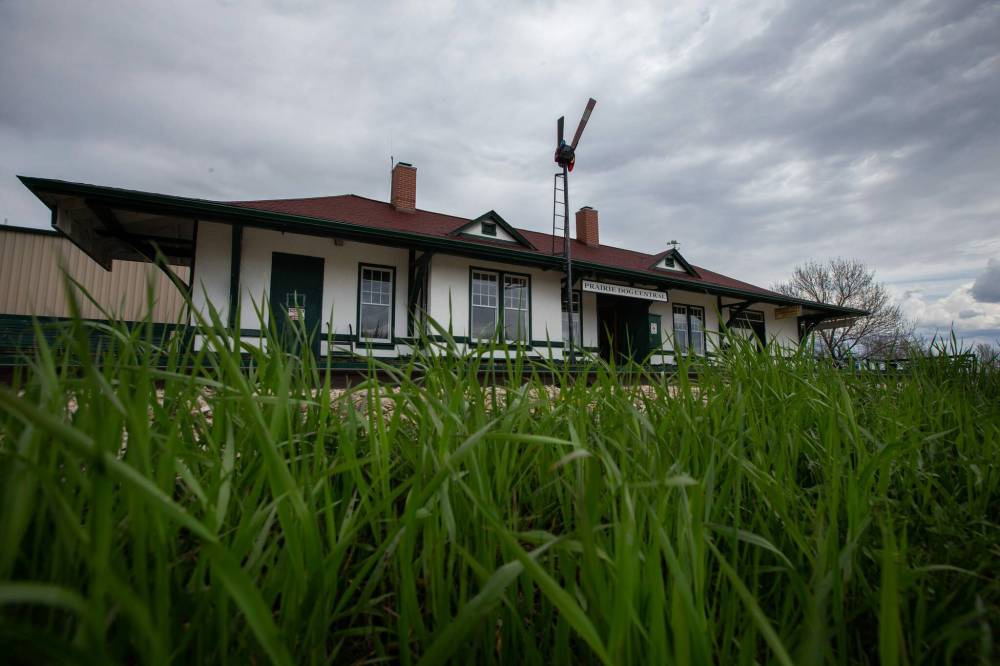
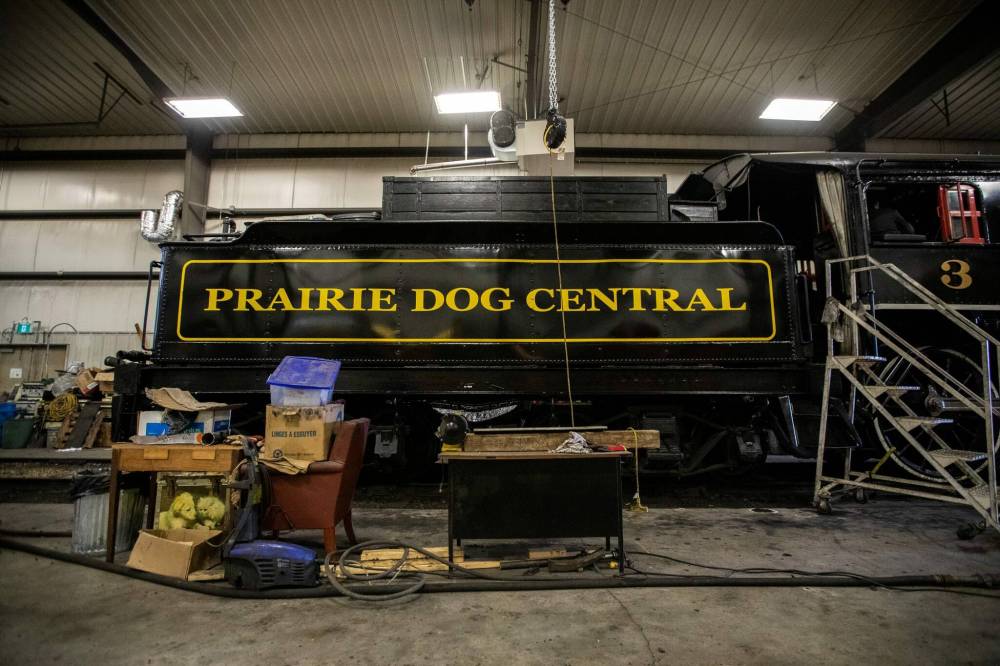

Brenda Suderman has been a columnist in the Saturday paper since 2000, first writing about family entertainment, and about faith and religion since 2006.
Our newsroom depends on a growing audience of readers to power our journalism. If you are not a paid reader, please consider becoming a subscriber.
Our newsroom depends on its audience of readers to power our journalism. Thank you for your support.
History
Updated on Wednesday, June 15, 2022 10:21 PM CDT: Fixes typo.


